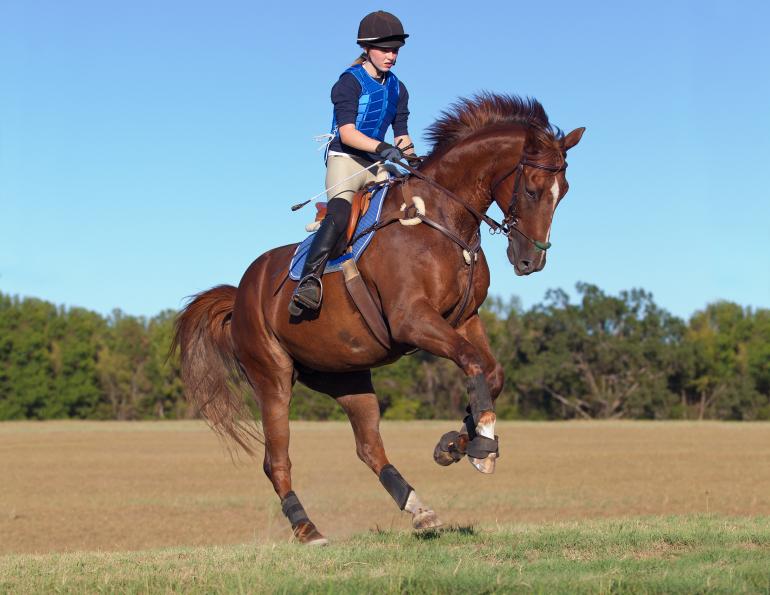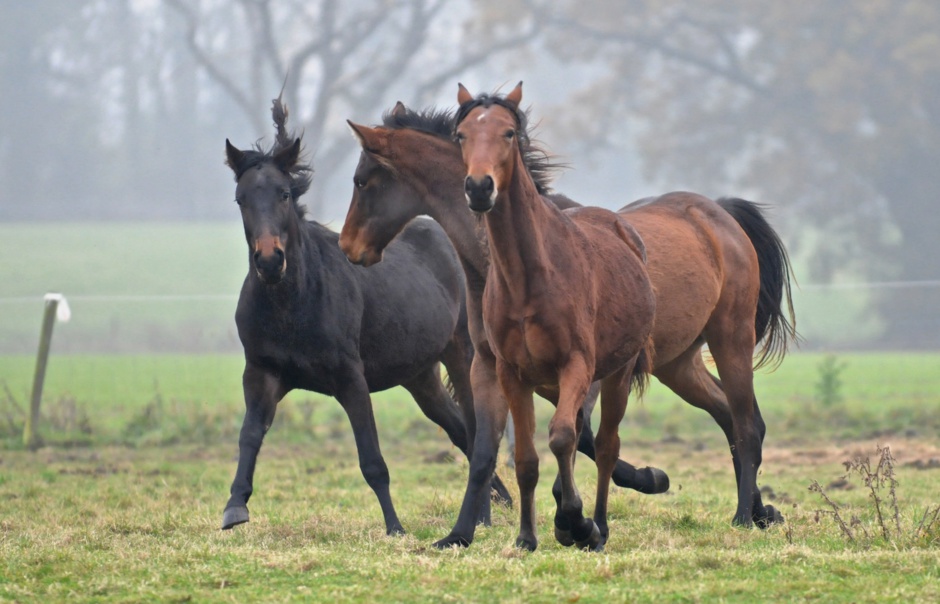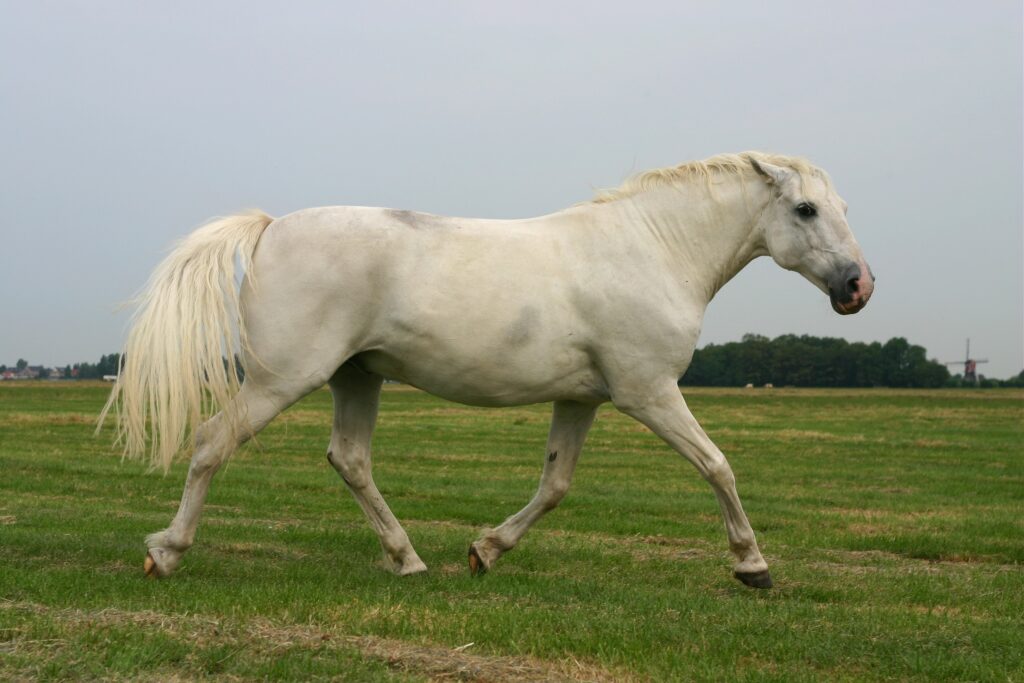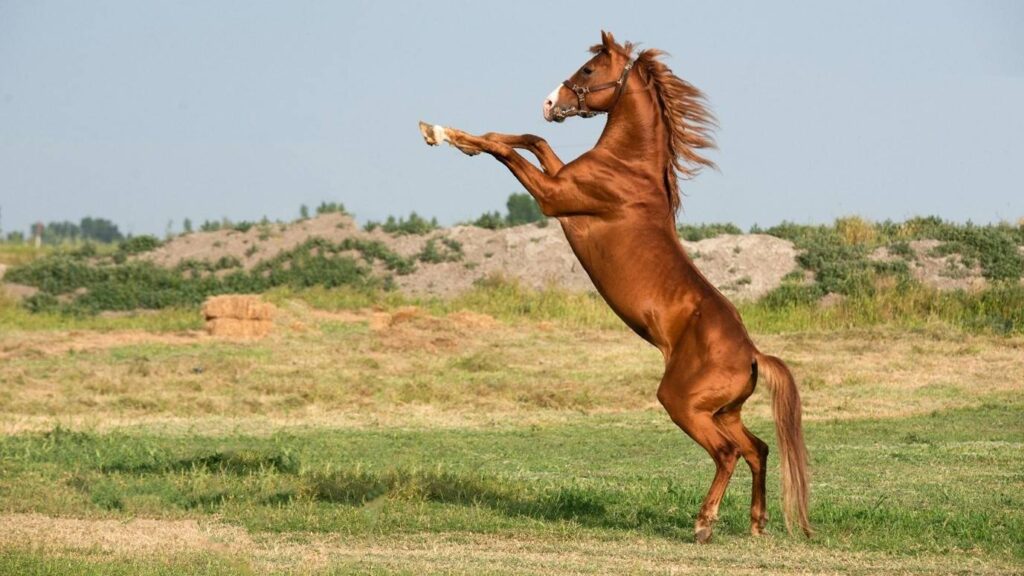When it comes to horse training, having the right equipment can make all the difference. Whether you are a seasoned equestrian or a beginner, understanding the various tools available to you is crucial. Horse training equipment is designed to aid in communication, enhance performance, and ensure the safety of both the rider and the horse. In this article, we will delve into the world of horse training equipment and explore its various aspects.

Understanding Horse Training Equipment
Horse training equipment encompasses a wide range of tools and accessories used to train horses effectively. These tools not only assist in teaching horses new skills but also play a vital role in maintaining their health and well-being. From basic items like halters and lead ropes to specialized gear such as lunging equipment and training aids, each piece serves a unique purpose.
Importance of Choosing the Right Equipment
Choosing the right horse training equipment is essential for successful training sessions. The right equipment ensures clear communication between the rider and the horse, fostering trust and understanding. Additionally, using appropriate gear minimizes the risk of injury and discomfort for both parties involved.
Basic Horse Training Equipment
The foundation of any training regimen begins with basic equipment. Let’s explore some of the essential tools every horse trainer should have:
Halters and Lead Ropes
Halters and lead ropes are fundamental tools in horse training. A well-fitted halter provides control and allows handlers to guide the horse safely. Lead ropes are used for leading and controlling the horse during groundwork exercises. For more information on basic commands, visit basic commands.
Lunging Equipment
Lunging is a crucial aspect of training that helps improve a horse’s balance and flexibility. Lunging equipment includes a lunge line, lunge whip, and a surcingle. These tools allow trainers to work with the horse from a distance, encouraging obedience and responsiveness.
Saddles and Bridles
Saddles and bridles are pivotal in training horses for riding. A well-fitted saddle ensures the rider’s stability and comfort, while a bridle aids in steering and control. Proper fitting is key to preventing discomfort and potential injuries.
Advanced Horse Training Equipment
As horses progress in their training, more advanced equipment may be introduced to refine skills and enhance performance. Here are some examples:
Training Aids
Training aids such as martingales, draw reins, and side reins help in developing a horse’s frame and encouraging proper head carriage. These tools should be used with caution and knowledge to avoid overuse or misuse.
Bit Selection
Choosing the right bit is essential for effective communication with the horse. Bits come in various designs, each serving a specific purpose. Consulting with an experienced trainer can help in selecting the most suitable bit for your horse.
Ground Poles and Cavaletti
Ground poles and cavaletti exercises improve a horse’s coordination and rhythm. These tools are valuable for both novice and advanced horses, enhancing their jumping and movement skills. To learn more about groundwork exercises, check out groundwork exercises.
Maintaining Horse Training Equipment
Proper maintenance of horse training equipment is vital to ensure its longevity and functionality. Regular cleaning and inspection help identify wear and tear, preventing accidents during training sessions. It’s important to follow manufacturer guidelines for cleaning and storing equipment.
The Role of Technology in Horse Training
In recent years, technology has made its way into the world of horse training. Innovative gadgets and devices, such as heart rate monitors and GPS trackers, provide valuable insights into a horse’s performance and health. These tools assist trainers in tailoring training programs to meet individual needs.
Choosing the Right Equipment for Your Horse
When selecting horse training equipment, it’s essential to consider your horse’s unique characteristics, such as age, breed, and experience level. Consulting with a knowledgeable trainer or equine specialist can help in making informed decisions that benefit both you and your horse.
Safety Considerations in Horse Training
Safety should always be a top priority in horse training. Using well-maintained equipment and adhering to safety protocols minimize the risk of accidents. Additionally, understanding your horse’s behavior and limitations contributes to a safe training environment.
Conclusion
Investing in quality horse training equipment is a crucial step towards achieving success in the equestrian world. By understanding the purpose of each tool and selecting the right equipment for your horse, you can enhance communication, build trust, and elevate your training sessions. For more in-depth information on horse training, visit Wikipedia.

FAQ
What is the most important piece of horse training equipment?
The most important piece of horse training equipment depends on the specific training goals and the horse’s needs. However, basic tools like a well-fitted halter and lead rope are essential for any training regimen.
How often should horse training equipment be inspected?
It’s recommended to inspect horse training equipment regularly, ideally before each training session. This helps identify any wear and tear that could compromise safety.
Are advanced training aids necessary for beginners?
Advanced training aids are not necessary for beginners. It’s important to focus on basic equipment and foundational skills before introducing more complex tools.
For additional insights on horse care, you may explore topics like shampoos with fly repellents or the best horse shampoo for show preparation.
This article contains affiliate links. We may earn a commission at no extra cost to you.







